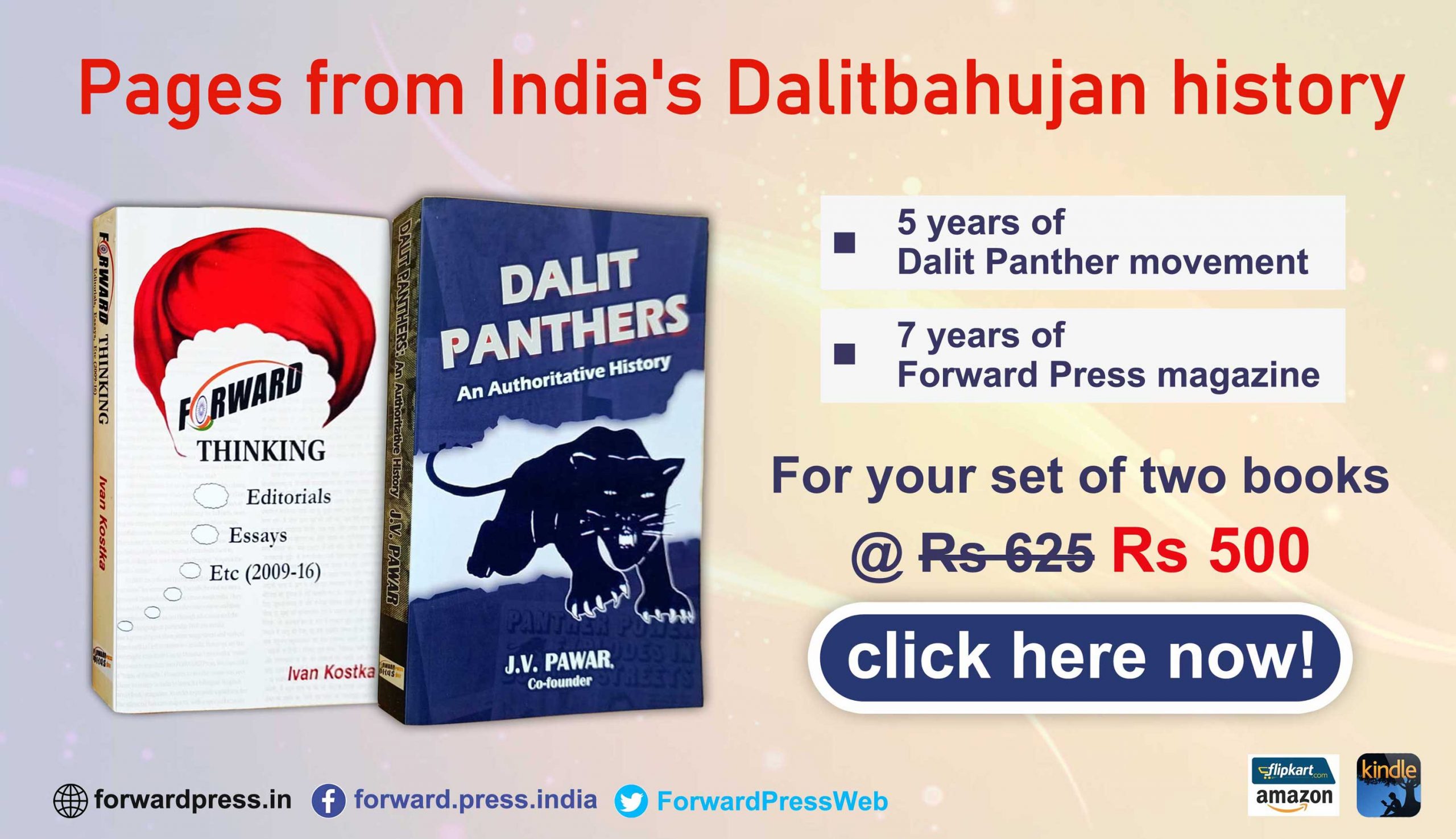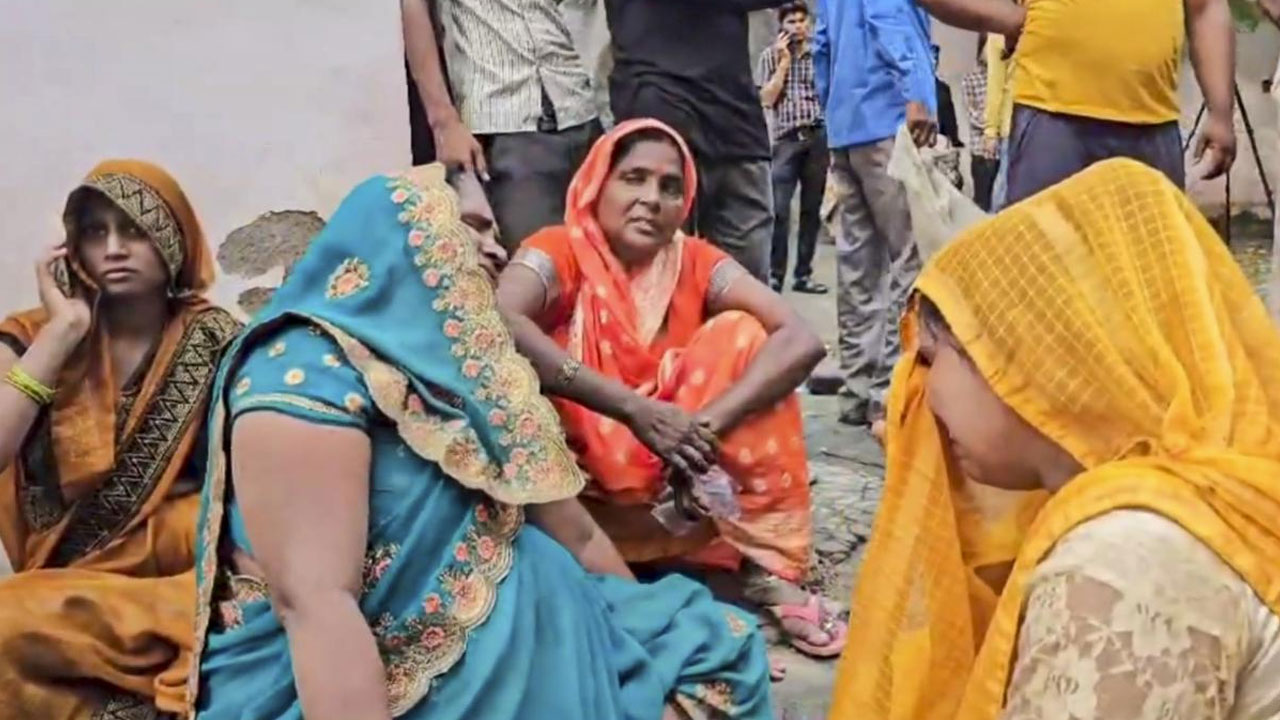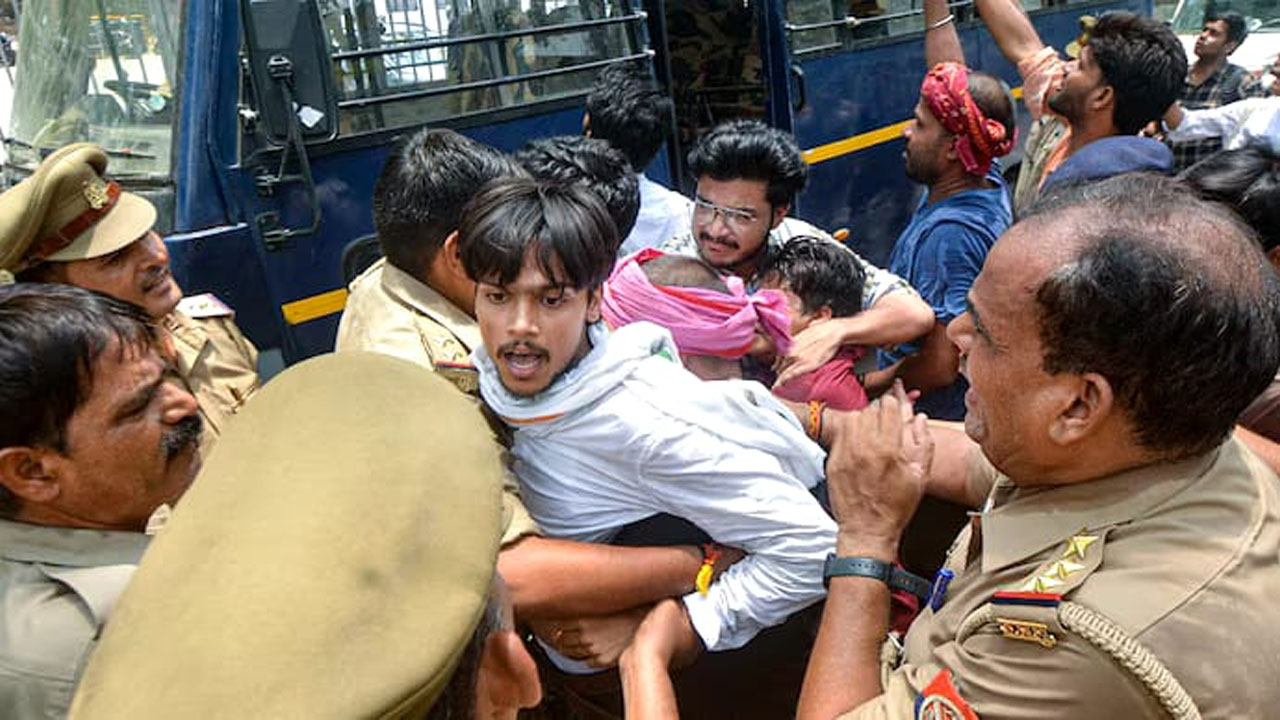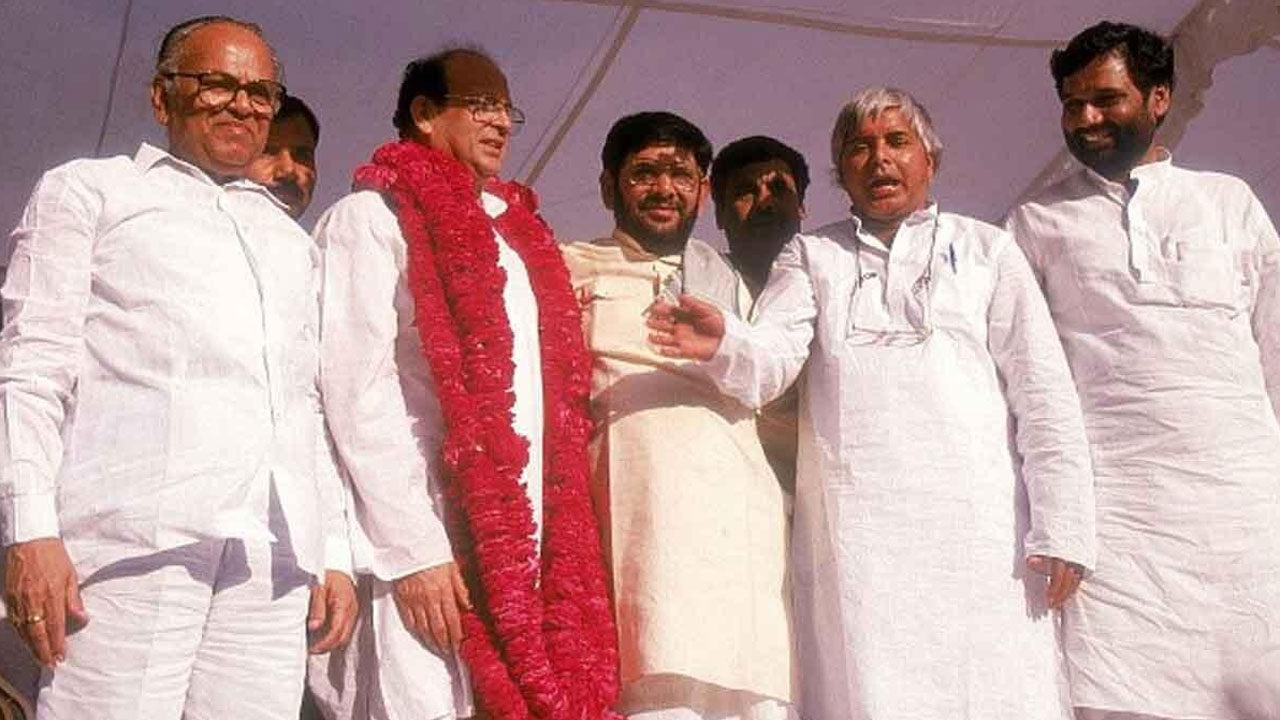Professor Shyam Lal has been consistently writing on Dalit issues for the past more than four decades. He has already published 21 books on different Dalit castes. His latest book, Crisis of Dalit Leadership, is probably the first book written on this subject. Of course, Anand Teltumbde has been writing incisively on Dalit politics.
This book is unique in the sense it provides a bird’s-eye view of the nationwide protests by Dalits on various burning issues related to them. In the introduction to the book, Professor Shyam Lal writes that since the death of Ambedkar in 1956, the Dalit community has had no leader with a mass appeal. The Dalits got the leadership and guidance of Kanshi Ram in the 1990s and he did carve out a place for himself in the post-Ambedkar Dalit history. However, after his death, the Dalits were again left without a committed leader. The situation remains the same today. And this is a major crisis.
The book has 13 chapters, including the introduction. In the second chapter, the author has traced the political history of Rajasthan to 1948. What he has to say about Jagannath Pahadia, the first Dalit chief minister of Rajasthan, is of significance. He writes that Rajasthan was under the president’s rule from 17 February 1980 to 5 June 1980. Assembly elections were held during this period. Congress leader Ramkishore Vyas lost the election and thus the chance of becoming chief minister. A couple of days later, at the instance of the then Prime Minister Indira Gandhi and in the presence of her son Sanjay Gandhi, Jagannath Pahadia was elected leader of the Congress Legislature Party. The upper-caste leaders of Congress lost no time in opposing him. Pahadia’s nomination was contested on the ground that it would promote casteism in the politics of the state. Senior Congress leader Haridev Joshi, too, joined the ranks of Pahadia’s detractors.
Pahadia was a Dalit but his politics was in no way detrimental to the interests of the upper-caste Hindus. He was as loyal to the upper-caste Hindus as to the Gandhi family. According to Prof Shyam Lal, when Pahadia took oath as the chief minister on 6 June 1980, the 17.04 per cent Dalit population of the state got a voice. But the Brahmin lobby of the Congress began creating hurdles in his path. They not only refused to join his ministry but also began portraying him as Rajasthan’s weakest-ever chief minister. At the behest of this lobby, the sanitation workers of Jaipur Municipal Corporation struck work. Pahadia tasked deputy minister Mangilal Arya with holding talks with the striking employees. However, the Mehtar leaders refused to talk with Arya. The Brahmin lobby, meanwhile, successfully spread the canard that Pahadia had failed to end the strike. During a private conversation with the author, Pahadia had said that the behaviour and the attitude of the upper-caste Hindus was biased and discriminatory not only towards him but also towards the Dalits in general. They never cooperated with the government. They submitted scores of memoranda to the prime minister and All India Congress Committee president, Indira Gandhi, seeking Pahadia’s removal on the grounds of ineptitude. Ultimately, Indira Gandhi succumbed and asked Pahadia to resign. His replacement, Shiv Charan Mathur, took oath of office on 14 July 1981.
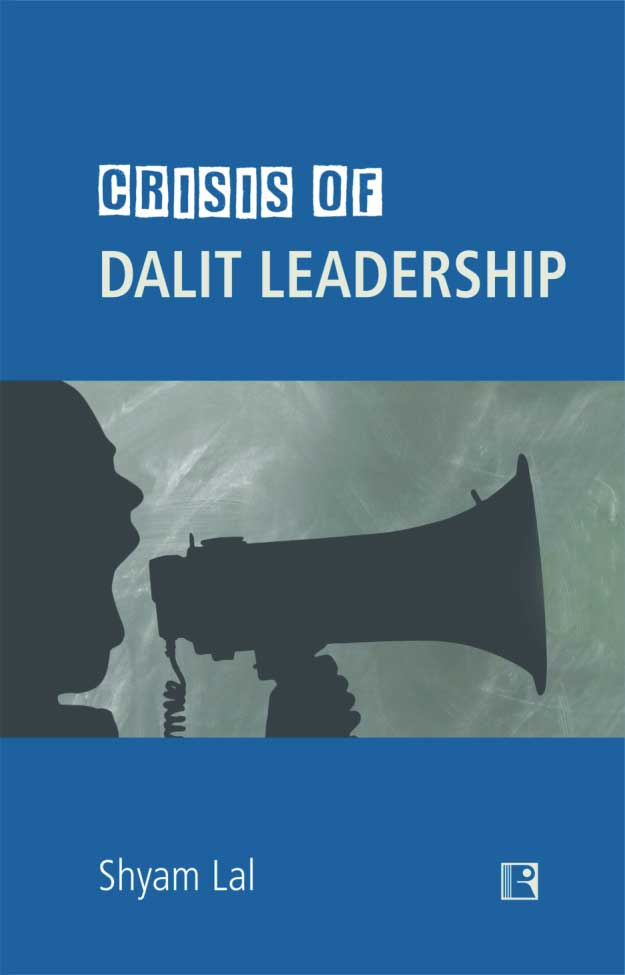
The author has narrated this chain of events to prove that the crisis of Dalit leadership is not because the Dalit leaders are inept or indifferent to the plight of the Dalits but because the upper-caste Hindu leaders, actuated by their bias, ignore them and portray them as inefficient. They don’t want Dalit leaders to work for the betterment of the Dalits. Political parties field Dalits in elections because constituencies are reserved for them but once they have won, they are sidelined. It is thus clear that the ruling classes are responsible for the crisis of Dalit leadership.
The author also makes another important point. He says that in all political parties – including in the Bharatiya Janata Party (BJP) – there are two lobbies. One of the Brahmins and the other of the economically advanced backward castes like Jats and Gujjars. The two factions are otherwise dead set against each other but when it comes to keeping the Dalits out of power, they are united to a man.
Prof Lal has also quoted an example to show the mindset of the non-Brahmin lobby. In 2003, at the directive of the Congress high command, Rajasthan chief minister Ashok Gehlot appointed Banwari Lal Bairwa, a Dalit leader, as the deputy chief minister. But that did not benefit the Dalits of the state at all because though Bairwa was the deputy chief minister he had no powers worth speaking of. Prof Lal argues that Dalits always had representation in the council of ministers in Rajasthan but the ministers could little for the community as they were hamstrung by the upper castes. Giving yet another instance of the bias of the non-Brahmin upper castes, he writes that in 2019, when six Bahujan Samaj Party MLAs switched loyalties to the Congress, Chief Minister Ashok Gehlot asked all his ministers to submit their resignations. However, only the resignation of Dalit minister Bhanwarlal Meghwal was accepted. Gehlot had sought the resignations of all the ministers only because he wanted to get rid of Meghwal. The author writes that Meghwal is a powerful Dalit leader of the state and the chief minister had no love lost for him. As education minister, Meghwal had initiated wide-ranging reforms in the education system and had ordered en masse transfers of schoolteachers. This angered the upper-caste Hindu teachers, who began agitating for his removal. Since their agitation was backed by the Brahmin lobby, Gehlot decided to sack Meghwal. The author writes that the rising political stature of Meghwal had made Gehlot fearful of the former emerging as a threat to his leadership. Needless to say, not only the Brahmin lobby but also the non-Brahmin lobby considers powerful Dalit leaders as a threat to them.
The third chapter focuses on the battle between the Mahars and the Peshwas at Koregaon Bhima, near Pune. The fourth chapter dwells on the question as to how and why the Dalit leadership failed in India. This is the most important and the most readable chapter of the book. He writes that as the Dalits have the right to vote, the caste Hindu politicians need their support. But the Brahmin and the non-Brahmin lobbies never allow the Dalit leaders to exercise their powers. They are given chairmanships of obscure corporations and boards where there is little to do. Some of these bodies don’t have an office, others lack staff and still others have no budget. As a result, the Dalit leaders are unable to execute their plans and programmes.
Take, for example, the situation Mangilal Arya was faced with. He was the chairman of the National Safai Karmachari Aayog in 1994. In 2003, he was appointed the chairman of the Rajasthan Safai Karmachari Aayog. Despite his repeated requests, chief minister Ashok Gehlot did not grant statutory powers to the Aayog. Other members of the Aayog also pleaded with the chief minister but to no avail. Mangilal, lacking, as he did, statutory powers, could do little.
The author’s views on the Dalit leaders collaborating in Hindutvavadi politics are noteworthy. He asks: Are these Dalit leaders trying to break the shackles of caste by associating the Dalits with Prime Minister Narendra Modi or is this a conspiracy on the part of the Sangh Parivar to keep the Dalits away from their Ambedkarite heritage that entails fighting Hindutva? He says that Mayawati sacrificed the battle for the cultural freedom of the Dalits by forging an alliance with the BJP. That led to Mayawati losing the Dalit youth’s confidence. The Dalits, he says, do face discrimination in workplaces, in admissions to colleges and during communal riots – which is wrong. But what is worse is that the Dalit leaders themselves push their community towards alienation and oppression. He argues that today there is no Dalit leader who has a pan-Indian following and who can force the hands of the Congress and the BJP. He emphasizes that the Dalits desperately need a leader who can vociferously raise the problems of the community and work for protecting and advancing their interests. Much needs to be done in this direction.
The sixth chapter is a detailed analysis of the hows and the whys of the failure of the Dalit leadership. He refers to the nationwide protests against the Supreme Court diluting the SC-ST Atrocities Act in 2018 and the death of 13 Dalits at the hands of the police and the Savarna goons during the Bharat Bandh called by the Dalit organizations on 2 April. According to the author, the bandh was India’s first ‘Dalit revolution’, whose success was a result of the hard work of the Dalit organizations and intellectuals. Dalit leaders, including Mayawati, did nothing more than issuing statements. These protests made the BJP government realize that going against the Dalits would be hurtful to its interests. It was because of the anger of the Dalits that the BJP lost two Lok Sabha and nine Vidhan Sabha by-election seats. Ultimately, the government had to file an appeal in the Supreme Court and the Court had to withdraw its judgment.
Prof Shyam Lal has also talked about the role of the Dalit leaders and the indifference of the government towards atrocities against the Dalits. His argument, in a nutshell, is that the Dalit candidates in reserved constituencies depend on non-Dalit votes for their victory. The Dalits are in a minority and cannot ensure the victory of any candidate on their own. The Dalit candidates need the support of non-Dalits, of which savarnas constitute a sizeable chunk. In such circumstances, no Dalit MLA or MP can talk of Dalit rights or support the victims of atrocities without putting his political future in peril. It was to avert this situation that Dr Ambedkar had demanded separate electorates for Dalits. However, the demand could not be fulfilled because of the pressure from the upper-caste Hindus. The Poona Pact has gifted us Dalit leaders who are puppets in the hands of the governments.
Title: Crisis of Dalit Leadership
Author: Prof Shyam Lal
Publisher: Rawat Publications
Price: Rs 1,295 (hardbound)
(Translation: Amrish Herdenia; copy-editing: Anil)
Forward Press also publishes books on Bahujan issues. Forward Press Books sheds light on the widespread problems as well as the finer aspects of Bahujan (Dalit, OBC, Adivasi, Nomadic, Pasmanda) society, culture, literature and politics. Contact us for a list of FP Books’ titles and to order. Mobile: +917827427311, Email: info@forwardmagazine.in)
The titles from Forward Press Books are also available on Kindle and these e-books cost less than their print versions. Browse and buy:
The Case for Bahujan Literature
Dalit Panthers: An Authoritative History
